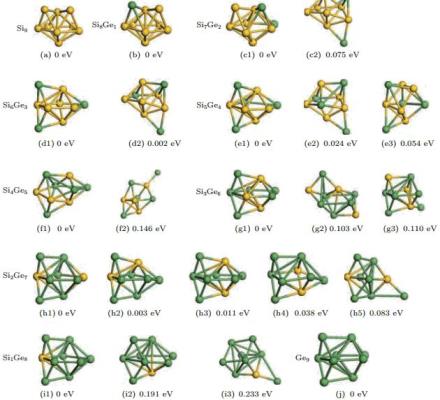
Lin Zhang
Northeastern University, China
Title: Packing structures and electronic properties of Si-Ge alloy clusters from DFTB calculations
Biography
Biography: Lin Zhang
Abstract
Over the past few decades, much attention has been paid to the understanding of the structures and properties of SiGe alloy materials owing to their potential applications in a variety of microelectronic and optical-electronic devices. Ge crystallizes in the same diamond structure as Si does, and Ge and Si can be mixed in any ratio to form SiGe alloy materials. These systems may have properties markedly different from those of their macroscopic counterparts and that depend in a highly non-trivial way on the composition and size of the clusters. Accordingly, a detailed understanding the composition and size effects of SiGe clusters can provide information that is relevant not only for basic science but also for applications. The structural, energetic, and electronic properties of small-sized SixGey (x+y=2-9) alloy clusters are studied by using the Density Functional Tight Binding (DFTB) method combined with unbiased structure optimization using a genetic algorithms (GAs) method. The results demonstrate a strong dependence of all properties not only on cluster size but also on cluster composition. In general, the Si atoms prefer to be closer to the center of the cluster (defined as the arithmetic average of all nuclear positions), whereas the Ge atoms are further away from the center. Although it in general is difficult to identify particularly stable clusters containing more than one element, some SixGey clusters are found to be more stable. According to the Mulliken gross populations, an electron transfer from the Ge atoms to the Si atoms is observed, especially for the atoms most far from the center.

The optimized structures for SixGey (x+y=9) alloy clusters.

